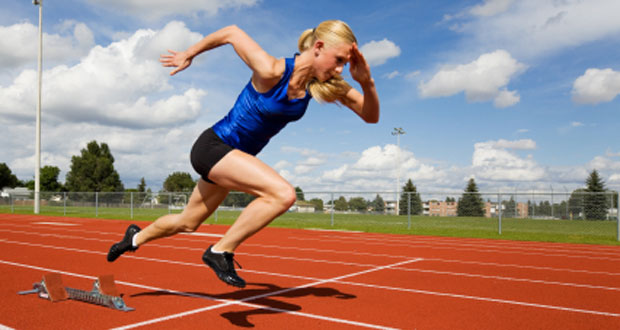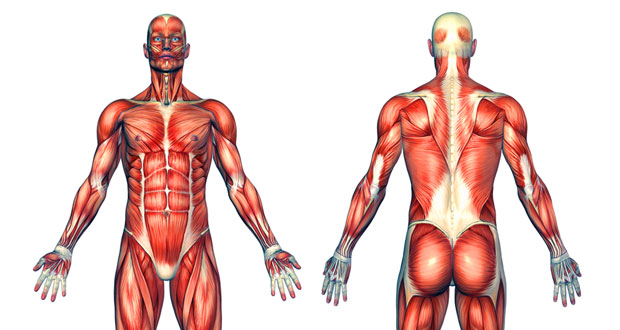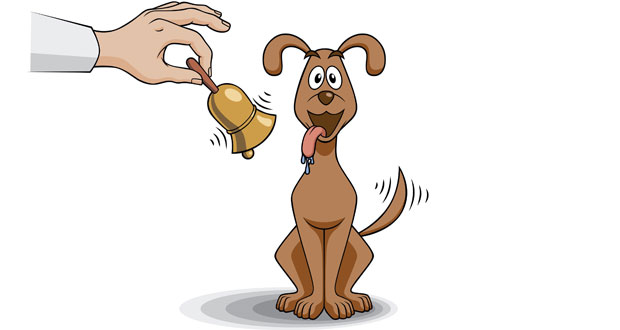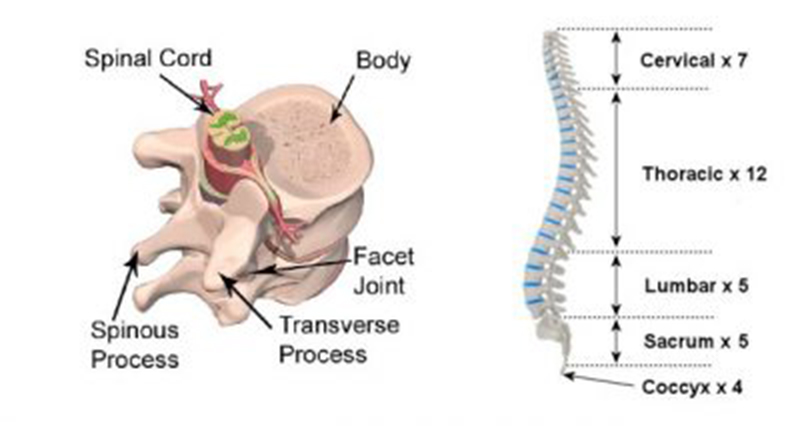Throwing places a lot of stress on the shoulder and elbow joints in particular. Throwing is a major component of many sports such as baseball, netball, and basketball as well as a number of athletic events such as discus shot put, javelin and hammer.
Rotator cuff injuries
The rotator cuff is a group of four muscles that attach to the scapula (shoulder blade) and help to stabilise the shoulder joint and produce rotation movements. Any of the rotator cuff muscles can be torn during a strong twisting motion, although the most common are the supraspinatus and infraspinatus. Other problems include tendonitis which is an overuse injury that develops gradually over a period of time. It presents as pain in the shoulder, especially when lifting the arm out to the side or rotating the shoulder. If left untreated this can cause the tendon to rupture. Learn more about rotator cuff injuries.
Glenoid labrum injuries
The glenoid labrum is a ring of cartilage which surrounds the socket of the shoulder joint. It acts to increase the depth of the socket and so stability of the shoulder joint. The Bicep tendon attaches in part to the labrum and so when throwing, a strong contraction of the biceps causes a pull on the labrum which can result in a tear. Pain usually presents on the ‘cocking’ phase and the follow-through phase, at the back of the shoulder. A torn labrum can place extra strain on the rotator cuff and result in another tear to one of these muscles. Find out more about labrum injuries.
Shoulder instability
Repeated throwing year after year can cause the ligaments surrounding the shoulder to stretch. If the rotator cuff muscles are not strong enough to support the shoulder it becomes lax and unstable. The symptoms of pain and a lack of speed during the throw are symptoms that are caused by the humerus slipping slightly off centre during the throw. Rehabilitation to strengthen the rotator cuff may be effective in less severe cases, but surgery may be required. Learn more about shoulder instability.
Collateral ligament injury
The medial collateral ligament is the ligament that runs on the inside of the joint, connecting the humerus (upper arm bone) and ulna (larger of the two forearm bones). Injuries to this ligament sustained through throwing are normally overuse injuries, caused by the repetitive throwing action, as opposed to a direct rupture caused by a force to the elbow. The ligament tends to become stretched and then gradually tear a little more with each throw, almost like a rope fraying. Pain will gradually increase until throwing is no longer possible. Find out more about collateral ligament injuries.
Golfers/throwers elbow
The muscles of the forearm which act to flex the wrist and fingers attach to the medial epicondyle on the inside of the elbow. Repetitive wrist flexion, pronation and gripping are all important features of throwing activities. With repetitive use, the common tendon of these muscles can become inflamed and painful at the point where it attaches to the bone. In severe cases, the tendon may develop small tears, although it rarely ruptures completely. Learn more about golfers or throwers elbow.




